Benefits of Dance for EAL/ESL Students
“A smile is the universal language of kindness.”
— William Arthur Ward
A smile is our body’s way to communicate joy without language, much like a wave to say hello or a shake of the head to mean no thank you.
Without even thinking about it we are capable of communicating with so many people without uttering a single word.
As toddlers we absorb the language from the world around us, and we are fearless in our use of language and our ability to mimic what we hear. As we grow we then begin to understand the meaning and implications of language. We move past the literal and are able to decipher meaning from metaphors or subtle social cues.
But, what if whilst your peers are decoding idioms and laughing at wordplay, you are still looking for meaning in words? Students for whom English is not their first language have often bypassed this early years language development stage and need to delve into the deep end.
There have been a multitude of studies and advocates that support the use of arts in the classroom. Dance in particular can be of huge benefit to EAL students as it relies on non-verbal communication. It allows for students to express themselves in a way that needs no words, or grammar and that can transcend languages.
Kinaesthetic Learning
It has been argued that gesticulating is a language of it’s very own. We use our hands and facial expressions when we talk in order to convey meaning. We can often interpret a person based more on how they hold themselves than on what they are saying. It is the same in dance - we are communicating through our bodies.
When children are young we teach them songs with actions (think ‘head, shoulders, knees and toes’).This is because it provides visual cues which can be associated with language. This kinaesthetic learning, learning through doing, can be really helpful for students learning a new language.
Consider it this way, if I was stuck on this phrase from Roald Dahl’s Charlie and the Chocolate Factory:
“Many times a day, he would see other children taking bars of creamy chocolate out of their pockets and munching them greedily, and that, of course, was pure torture.”
Using words to explain munching greedily requires a fairly complex understanding of language.But what if you perform that phrase? Visual representation of language gives a meaning which goes beyond the verbal. What does it look like to be greedy? What does it look like to feel tortured?
Associating movement and language (think ‘wave’- much easier to demonstrate it than describe it with words, right?) is also a wonderful memory tool. When we link movement to action, visually represent language, it helps students to expand their vocabulary as they are able to give meaning to words and retain them with ease.
Building confidence
When our ability to express ourselves is reduced, as it is when using a second language, we may become more tentative to participate and self-esteem may drop.
Eliminating the potential to be ‘wrong’ is one of the most beautiful things that dance has to offer. It is a means of expression and interpretation.
If you asked twenty people to physically represent Mrs Trunchball from Matilda, a famous storybook ‘baddie’, not one of those people would perform exactly the same as someone else. Yet, none of them would be wrong.
Developing a safe space where students, (and here I mean all students, not just EAL), can express themselves without fear of getting it wrong, can be a hugely valuable tool.
Students will then become more comfortable in their school environment, with their ability to communicate to their peers and the reassurance that they can participate in and contribute to their learning without language being a barrier.
Imagine all the things we might try if we weren’t afraid of being wrong? The same is applicable to young learners. The confidence that can be built through the arts and through dance can then extend into the classroom and have a direct impact on their speaking and listening.
Ready to get started? Check out some of these sites for brilliant primary school learning through dance resources.
For EYFS and reception you can’t go wrong with Super Simple Songs - a fantastic range of songs connecting gesture and language.
For KS1 and KS2 BBC Primary Dance has a great range of topics to explore. Imagine learning about Victorian life through dance, getting an understanding of history and adding meaning to unusual language through dance - brilliant!
-Katie

